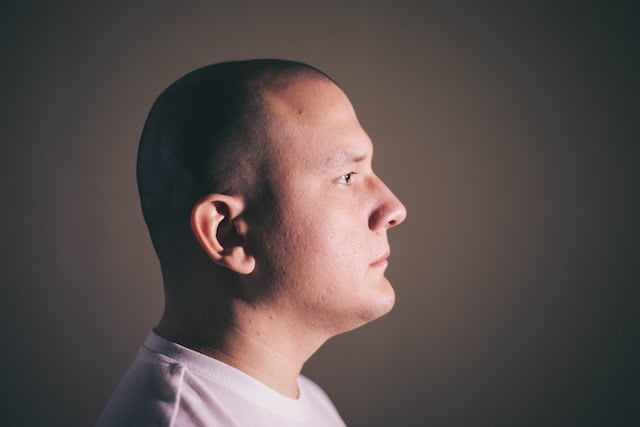There are two main techniques for hair transplant. One is called follicular unit excision (FUT), and the other is follicular unit transplantation (FUE). Both involve surgical incisions and are used to remove and transplant hair.
Follicular Unit Excision (FUT)
Follicular unit extraction is a method of transplantation that involves the removal of individual follicular units from the donor site. This procedure is typically recommended for patients who wear short hair and experience severe hair loss.
The surgical technique is usually performed with PRP hair restoration New York and under local anesthesia. An incision is made in the back of the head, and a thin strip of scalp tissue is removed. A bandage is applied to cover the surgical area.
After the strip is removed, individual follicular units are extracted from the strip using stereo-microscopic dissection. These units are then placed into tiny incisions in the affected area.
Depending on the size of the area, the surgery can take as little as four hours or as much as 12 hours. Recovery from the procedure will typically last between 10 and 12 days.
Follicular Unit Transplantation (FUE)
And hair transplantation has undergone many changes in recent years. There are still some significant differences between the two procedures, but new developments are underway to overcome these limitations.
A follicular unit comprises a cluster of one to four hair follicles. These follicles are removed from the donor area and implanted in the recipient site. The size of the graft depends on the patient’s hair loss and the density of the follicles.
To begin the Follicular unit extraction process, the surgeon makes tiny holes in the scalp. These holes are then filled with gauze and bandages. This is a safe and effective procedure.
Sagittal Incisions Avoid Follicle Transection.
Sagittal incisions are a great way to avoid follicle transection. They are also a great way to prevent the scar associated with hair transplant surgery. The resulting grafts are easier to handle. Plus, a better implantation result can help stop bleeding and infection.
Many hair transplants New York surgeons you can find will incorporate perpendicular and parallel slits to make things more accessible. Using this approach, the grafts can be retrieved by hand, saving a trip to the hospital. Besides, many of these procedures don’t require a needle, which means less pain and tremendous success.
Another cool factor is that most of these procedures involve no more than 30 cm of skin. This will be enough for the average man or woman to snag at least one decent-sized graft.
Sagittal Incisions Run Parallel (vertically) Alongside and in Between Existing Hairs.
Sagittal incisions are made into the recipient’s scalp parallel to the graft’s growth direction, along with incisions that run vertically alongside existing hairs. In addition to being an aesthetically pleasing way to perform a follicular unit transplant, sagittal incisions also are an excellent way to avoid follicle transection the same way as FUT hair transplant NYC method.
The sagittal incisions are usually made on the left and right sides of the head, parallel to Langer’s lines and parallel to the anterior and posterior scalp, respectively.
After the incisions are made, the recipient’s scalp is treated with antibiotic ointment. A pressure dressing is then applied overnight. This is followed by washing the hair the following day and repeating the process on day four. Sutures are removed on days six to eight.
Sagittal Incisions Run Parallel (vertically) Alongside and Between Existing Hairs.
Sagittal incisions are one of the particular orientations used for hair transplant grafts. These incisions are usually made on the recipient site and are parallel to the anterior and posterior scalp. They run parallel to Langer’s lines and are also similar to the direction of the growth of hair. The sagittal incisions help in healing follicles and avoiding follicle transection.
Many elite hair transplant surgeons combine sagittal and perpendicular slits during their hair transplant procedures. Sagittal incisions are typically made using a tiny incision. This allows the incision to slide better around the existing hairs and to avoid any follicle transection. In addition, it helps in minimizing the chances of infections and necrosis.




